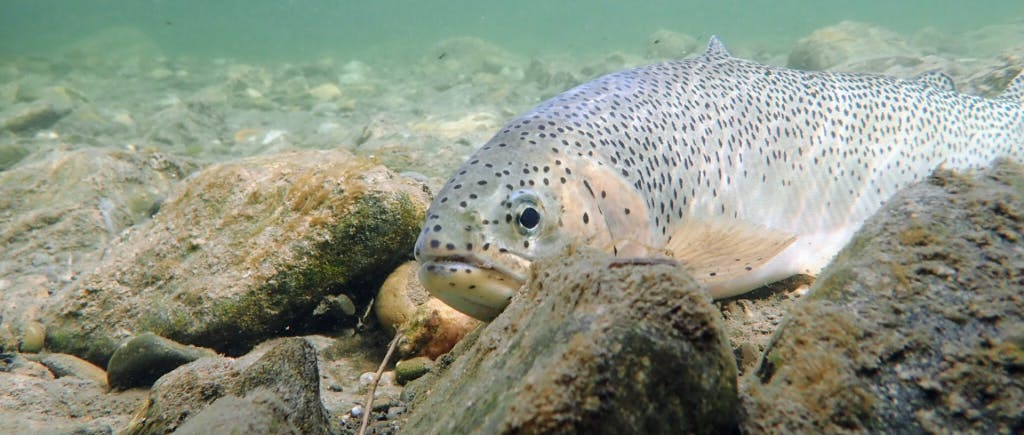Getting Albertans hooked on native trout
Calgary
Water

The cold running streams and lakes of western Alberta are home to a number of native fish including bull trout and westslope cutthroat trout. These native species contribute to Alberta’s biodiversity, are sought after by anglers, and act as indicators of our headwaters health. However, unlike the iconic salmon of B.C. most Albertans do not personally identify with our native trout.
Resource exploration, agriculture, dams, grazing and increases in motorized recreation have led to an increase in road density, altered water flows and increased sedimentation and access into native trout habitat, leading to increased stream bank erosion and sedimentation as well as increased angling pressure, as streams become more accessible. Given the species’ cold water requirements, native trout are vulnerable to climate change.
The science regarding the threats and recovery of Alberta’s Native trout species is clear. Provincial and federal recovery plans are being or have been developed. This has resulted in few actual protections of critical habitat, and little has changed in on the ground practices by the industries and users that have the most impact on trout. The issues affecting Alberta’s native trout are complex and members of the public have little awareness of the causes and remedies to the solution. As a result, governments feel little public pressure to implement bold and timely solutions to save these species.
However, there is new momentum to address these issues. CPAWS Southern Alberta, Trout Unlimited Canada, Cows and Fish, Alberta Conservation Association, Foothills Research Institute and Alberta Environment and Parks formed the Native Trout Collaboration to implement actions to mitigate threats and promote recovery of native trout in the province. This project will raise awareness, foster community and encourage action to create positive change for native trout.
Related projects
Explore a showcase of projects that we've funded.



